#Uppland Province
Text
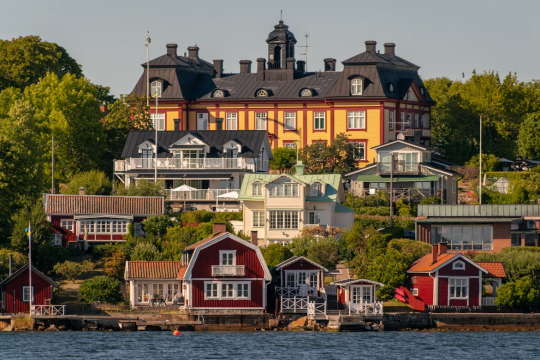
Vaxholm, Stockholm Archipelago, Uppland Province, Sweden
Tom Podmore
0 notes
Text


The impressive Viking runestones of the Swedish countryside, 1899-1945
Remnants of the glorious Viking past are scattered throughout the countryside of Sweden, Norway, and Denmark. Particularly in Sweden's Uppland province, there are thousands of stones carved with runic inscriptions dating from the Bronze Age up to modern times.
Runestones were most commonly raised as memorials to deceased relatives and friends, but they were not burial markers. Instead, they were often placed close to roads or other communication routes.
Runestones are the oldest existing original works of writing in Scandinavia. Originally they were written in a script consisting of 24 characters, known as the Elder Futhark (f-u-th-a-r-k being the sounds represented by the first six characters).
Beginning in the early eighth century, this writing system was replaced by a revised alphabet, known as the Younger Futhark, with just 16 characters.
The main purpose of a runestone was to mark territory, to explain inheritance, to boast about constructions, to bring glory to dead kinsmen, and to tell of important events. In some parts of Uppland, the runestones also appear to have functioned as social and economical markers.
Virtually all the runestones from the late Viking Age make use of the same formula. The text tells in memory of whom the runestone is raised, who raised it, and often how the deceased and the one who raised the runestone are related to each other.
Also, the inscription can tell the social status of the dead person, possible foreign voyage, place of death, and also a prayer.
Other, older stone inscriptions feature more cryptic shapes, lines and pictograms. These photos from the Swedish National Heritage Board feature early 20th century Swedes excavating, restoring and posing with these monoliths of bygone cultures. Around 2,500 runestones still exist in Sweden today.
18 notes
·
View notes
Text
The boat grave at Årby Gård
The boat grave at Årby Gård also known as Årbybåten contained a boat that is so far the only one of its kind and dates from the 10th century. It was found in 1933 at Årby Gård, near Rasbokil, east of Uppsala in eastern Sweden, and was fully excavated in 1935 but unfortunately insufficiently documented.
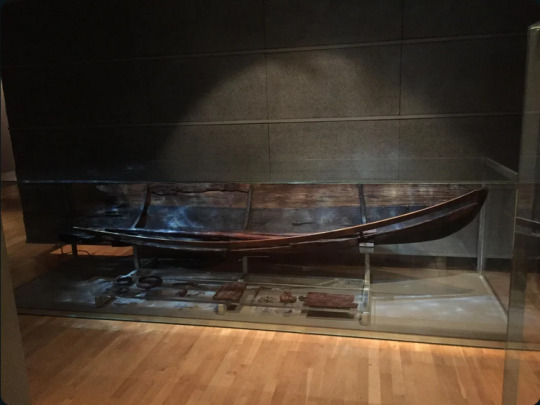
The boat with the burial objects (x)
The boat itself is 3.95m long and 1.05m wide, it was made of 5 planks and weighs about 55kg. It could carry a load of about 130 kg. This means that it could carry a person plus cargo or two people over longer distances in calm waters. It had oars and paddles with a movable oar bench. The boat had been used, as repairs and other evidence show, for more than 100 years before it was used for the burial of a woman (whether it really was one can no longer be said) On the skeleton the oars and paddle had been placed. Inside the boat there were well preserved wooden bowls, spoons, ropes and a game board. Outside the boat were a dog and a stallion with its head cut off. Before the discovery, the tomb had already been looted and all metal objects removed. The damage to the boat itself probably occurred in the process.
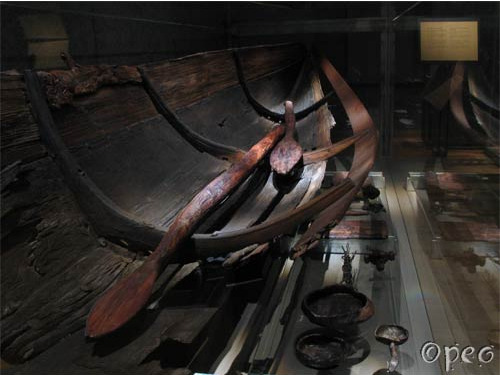
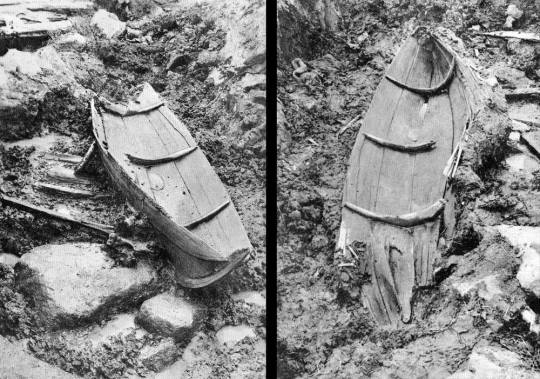
The excavation of the boat, 1935 (x)
The boat has an interesting place in maritime archaeological history because its shape and structure indicate the influence of a nonlocal ethnic group, that of the Sami. Little is known about how the hunter groups that handled domesticated reindeer from about 1000 BC, even before the Viking Age (800-1050 AD), are related to the Sámi. Around 500 AD, however, the northern Swedish groups came into contact with the Vendel people (a group of people from the Vendel region of the central Swedish province of Uppland), and knowledge was exchanged.

(x)
In the 9th century, this context gave rise to the boat, according to more recent dating, which ends a hundred years later in the boat grave at Årby Gård. The burial custom that began with the boat graves of the Vendel Age (550-800 AD) did not end until the end of the Viking Age (1050 AD).
95 notes
·
View notes
Text

Royal Swedish Air Force SAAB J-29 Tunnan after Napalm bombing in front of Hailie Selassie at Rosersberg in the Uppland province.
#sweden#ethiopia#hailie selassie#swedish air force#flygande tunnan#must have been in 1954 that was his last state visit to sweden#military
5 notes
·
View notes
Text
Kloktober Day 20- Original Character or Self Insert
I have quite a few MTL OCs. I haven't drawn them yet (except a rough drawing of Meja) and are currently living rent free in my head in the moment. I'm also still working on their backstories. But I'll introduce you to them here.
Meja Hellstrom
Name- Meja Hellstrom
Birthday- August 3, 1969
Birthplace- Upplands Vasby, Stockholm County, Sweden
Star sign- Leo
Parents- Ansgar Hellstrom (father), Serveta Skwigelf (bio mother), Vilhelmina Hellstrom
Siblings- Skwisgaar Skwigelf (younger half brother), Dag and Saga Hellstrom (younger half brother and sister)
Occupation- Jewelry store owner (the store is called Diamond Head)
Personality- Hard working, arrogant (not as bad as Skwisgaar but still pretty bad), aloof, natural born leader, INTJ-T (Archietect)
Gender and sexuality- Cis, Ace, Aro
Height- 5'11 (180.3 cm)
Weight- 144 lbs. (65.3 kg)
Katsyaryna/ Ekaterina Nekrasova
Name- Katsyaryna (Belarusian)/ Ekaterina (Russian) Nekrasova
Birthday- September 3, 1988
Birthplace- Smalyavichy, Minsk, Belarus (Soviet)
Star Sign- Virgo
Parents- Vadzim (Vadim) Nekrasov (father), Iryna (Irina) Nekrasova
Siblings- None
Occupation(s)- Ex university student, dancer (ballet, jazz and yes she was a stripper for a bit), worked in a dance studio, Revengencer (but towards the end she realized how evil they were and fled)
Personality- Cold, aloof, sarcastic, doesn't show emotion unless close to someone, is secretly a softy, can be nurturing, basically has a RBF, INTJ-T (Architect)
Gender and sexuality- Cis, Bi, Bi- romantic
Height- 5'7 (170.18 cm)
Weight- 146 lbs. (66.2 kg)
Barbad Abbasi
Name- Barbad Abbasi
Birthday- July 30, 1978
Birthplace- Karaj, Alborz Province, Iran
Star Sign- Leo
Parents- Abolfazl Abbasi (father), Farzanah Abbasi (mother)
Siblings- Behzad Abbasi (older brother), Haleh Abbasi (younger sister), Bijan Abbasis (younger sibling)
Occupation(s)- University student, music teacher, guitarist (tried out for Dethklok but got there too late and by that time Toki was chosen)
Personality- Friendly, warm, passionate, ND (ADHD), very funny, also has anxiety, ENFP-T (Campaigner)
Gender and sexuality- Cis, Gay (in the closet for safety reasons)
Height- 5'7.5 (171.4 cm)
Weight- 152.2 lbs. (69 kg)
Face claim- Morteza Shahrami from Arsames
Sergio Marinho
Name- Sergio Marinho
Birthday- February 28, 1977
Birthplace- Rio Verde de Mato Grosso, Mato Grosso, Brazil
Star Sign- Pisces
Parents- Christiano Marinho (father), Antonia Marinho (mother, dead)
Siblings- None
Occupation(s)- University student, music teacher, music store owner (which is called Angra's), guitarist (played for Dethklok for a small amount of time after Magnus got kicked out and before Toki joined but was too busy with school that he quit)
Personality- Considerate, suffers from depression and anxiety, also brave and mentally strong, level headed, INFJ-T (Advocate)
Gender and sexuality- Cis, Demibisexual, Demiromantic
Height- 5'10.5 (179 cm)
Weight- 163.3 lbs. (74 kg)
Face claim- Pedro Henrique Loureiro (aka Kiko Loureiro)
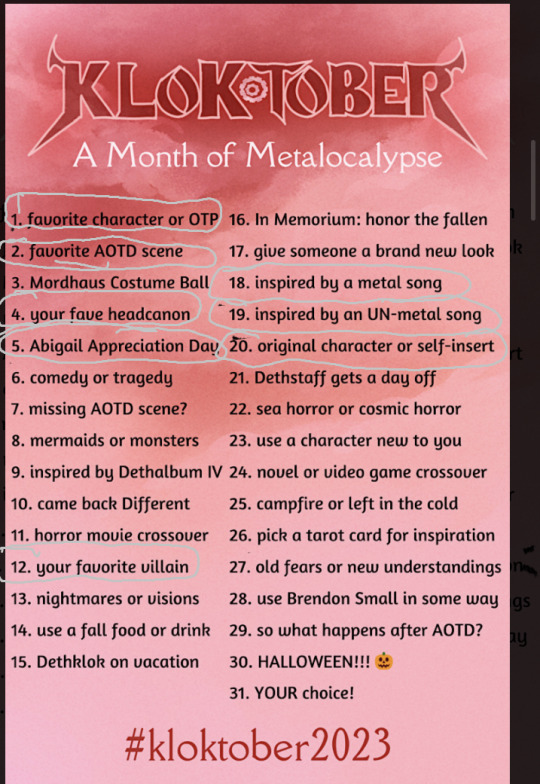
#metalocalypse#dethklok#kloktober 2023#kloktober2023#mtl oc#meja hellstrom#katsyaryna nekrasova#barbad abbasi#sergio marinho#metalocalypse oc#i need to draw them
4 notes
·
View notes
Text


The impressive Viking runestones of the Swedish countryside, 1899-1945
Remnants of the glorious Viking past are scattered throughout the countryside of Sweden, Norway, and Denmark. Particularly in Sweden's Uppland province, there are thousands of stones carved with runic inscriptions dating from the Bronze Age up to modern times.
Runestones were most commonly raised as memorials to deceased relatives and friends, but they were not burial markers. Instead, they were often placed close to roads or other communication routes.
Runestones are the oldest existing original works of writing in Scandinavia. Originally they were written in a script consisting of 24 characters, known as the Elder Futhark (f-u-th-a-r-k being the sounds represented by the first six characters).
Beginning in the early eighth century, this writing system was replaced by a revised alphabet, known as the Younger Futhark, with just 16 characters.
The main purpose of a runestone was to mark territory, to explain inheritance, to boast about constructions, to bring glory to dead kinsmen, and to tell of important events. In some parts of Uppland, the runestones also appear to have functioned as social and economical markers.
Virtually all the runestones from the late Viking Age make use of the same formula. The text tells in memory of whom the runestone is raised, who raised it, and often how the deceased and the one who raised the runestone are related to each other.
Also, the inscription can tell the social status of the dead person, possible foreign voyage, place of death, and also a prayer.
Other, older stone inscriptions feature more cryptic shapes, lines and pictograms. These photos from the Swedish National Heritage Board feature early 20th century Swedes excavating, restoring and posing with these monoliths of bygone cultures. Around 2,500 runestones still exist in Sweden today.
1 note
·
View note
Photo


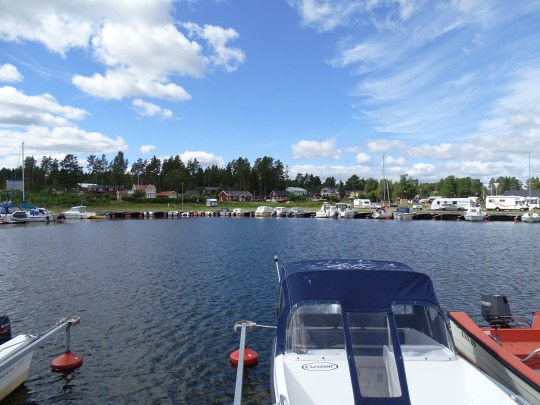
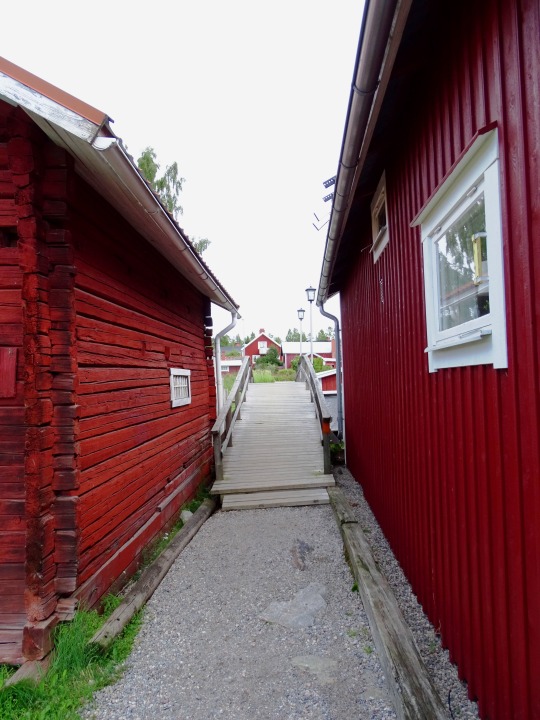






Mellanfjärden, Sweden (No. 3)
Hälsingland, sometimes referred to as Helsingia in English, is a historical province or landskap in central Sweden. It borders Gästrikland, Dalarna, Härjedalen, Medelpad and the Gulf of Bothnia. It is part of the land of Norrland.
The earliest mention of the people of Hälsingland may be in the Old English poem Widsith, from the 9th or 10th century, where a people called the Hælsings are referred to. The first definite mention of the people is made by Adam of Bremen around 1070, in reference to the leidang shipping fleet.
In the medieval age, the "Helsings" were the Swedish speaking inhabitants of the entire coastal region north of Uppland, a rather imprecise denomination. In the early provincial law of Uppland, the border between northern Uppland and Hälsingland was the Ödmården forest.
In the 13th century a large number of people emigrated from Hälsingland to the southern coasts of Finland, then called Österland. They named places after Hälsingland, most notably the river Helsingeå and its first rapids Helsingfors. In 1550 the latter gave name to a new town founded next to it by King Gustav Vasa. In 1812 the city of Helsinki became capital of Finland.
The oldest city in Hälsingland is Hudiksvall, chartered in 1582. After that, Söderhamn was chartered in 1620. In 1942 Hälsingland was granted its third city, Bollnäs, which was to become the last city (in Hälsingland) as city status in Sweden was abolished in 1971.
The town of Hudiksvall, one of the oldest in Norrland, was ransacked by Russian troops in 1721. Hälsinge Regiment was the provincial regiment.
Source: Wikipedia
#Mellanfjärden#Hälsingland#Nordanstig Municipality#Jättendal District#flora#Baltic Sea#architecture#stuga#Falun red#cityscape#reflection#travel#boat#ship#tourism#tourist attraction#landmark#Sweden#Sverige#summer 2020#blue sky#clouds#Scandinavia#Northern Europe#bridge#village#small town#coast#marina#Helsingia
2 notes
·
View notes
Text
todays adventure in “gonna check something on wikipedia and i have ADD”:
i started with... something (can’t remember) which led me to the province Västmanland, and several hours later it has resulted in: the parish of Roslags-Kulla in Åkersberga municipality outside tjåsskasulla/stockholm. assorted building types associated with rural sweden in roughly the period 1700-1940. daesh and the salafi imams associated with their recruitment in sweden. the early-medieval king Knut Eriksson. the ingrian ethnic group. an assortment of early medieval churches in the province Uppland. swedish poverty-care in the 1800′s and until the final abolishment of feudalism in 1948. the atomwaffen division. and, of course, the icelandic municipality Gríndavík
and, as mentioned, i have completely forgotten what i originally went in to check
3 notes
·
View notes
Photo

Roslagen (Sweden) just got a new flag! (info in the comment)
from /r/vexillology
Top comment: Roslagen is the name of the coastal areas of Uppland province in Sweden, which also constitutes the northern part of the Stockholm archipelago The darker blue and the yellow cross represent how the old Swedish flag used to look like. The White and blue represents the people of Roslagens hardships against and with nature along the coast and archipelago.
21 notes
·
View notes
Photo
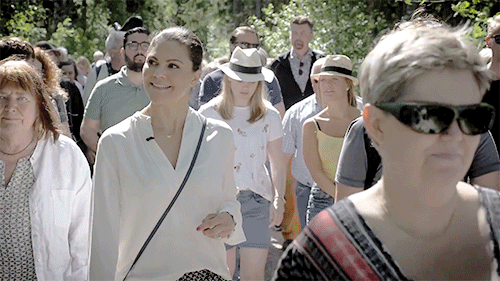
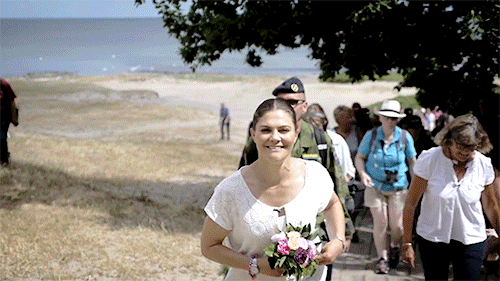
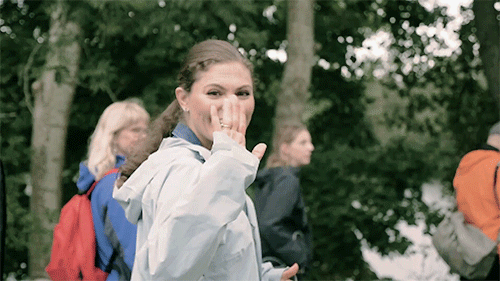

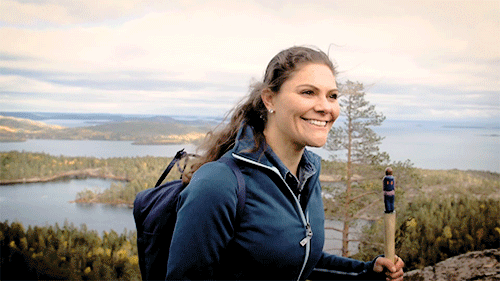
Crown Princess Victoria’s walks through Sweden (3/5)
25h May 2018- Victoria takes in Småland, a province in Southern Sweden
12th June 2018- Her Royal Highness hiked through Skåne, the Dukedom of her son Prince Oscar
31st August 2018- The Crown Princess visits Dalsland, Sweden’s lake province
12th September 2018- Victoria walks through Uppland, the province where she and her siblings spent most of their childhood years
3rd October 2018- Her Royal Highness takes in the province of her nephew Nicolas, Ångermanland
90 notes
·
View notes
Photo

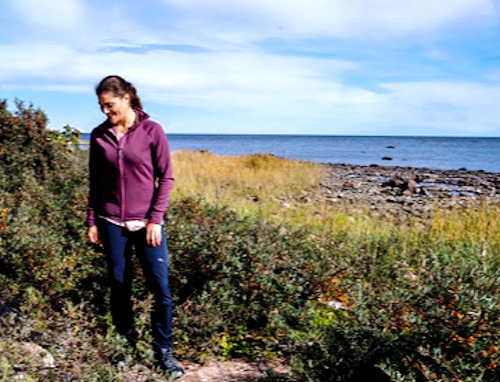
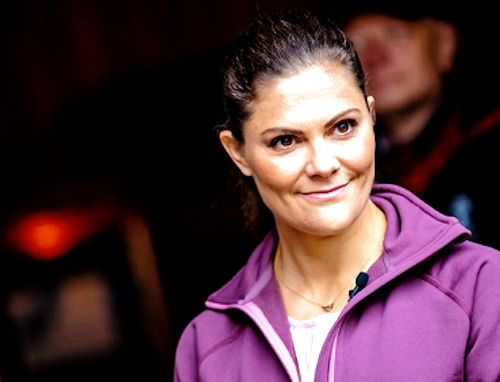
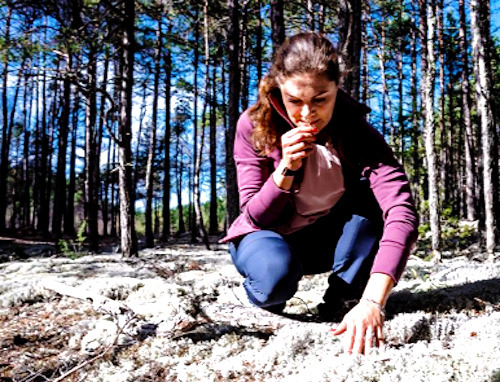
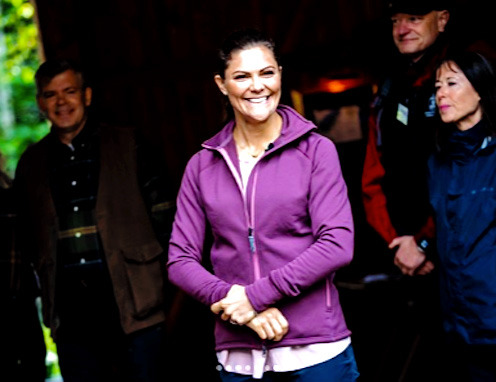
12th September 2018// Crown Princess Victoria walks through the Swedish province of Uppland. The Crown Princess is completing a series of walks across the provinces of Sweden in connection with her 40th birthday with the aim of promoting an active lifestyle and highlighting the beauty of her country’s landscapes (x)
33 notes
·
View notes
Photo

{Fritillaria Meleagris, Sounds Baths & Synchronicity} Fritillaria, also known as chess flower, has found its way to my bed side table. This gorgeous checkered lily is the province flower of Uppland, Sweden, where I was born and it’s also one of my favorite spring flowers. In Swedish it’s named Kungsängslilja which means Lily of King’s Meadows. Its symbolism varies but my favorite interpretation is that of rebirth, letting go and transformation. Interestingly enough “letting go” has been my theme for this week. I simply bought the flower last night because I love it but wasn’t surprised when I researched its meaning! Once you open up to synchronicity it’s always there and you realize that you always choose what you truly need. I set “letting go” as my intention during a wonderful gong bath last Sunday and in the past 4 days I’ve been to no less than 3! First with gongs and Tibetan singing bowls, then a private session with bowls and gongs surrounding me and last night with opera arias performed live by five soloists. What a magical week of letting go through sound healing and what amazing flow and synchronicity. What flower would you intuitively choose today? You might be amazed by its meaning. #fritillaria #fritillariameleagris #chessflower #aconsciousspace #mybedroom #bedroominteriors #sacredspace #inspiration #synchronicity #flowerportrait #flowersymbolism #lettinggo https://www.instagram.com/p/Bu-7XkFBcjX/?utm_source=ig_tumblr_share&igshid=1fhlq9kywutpb
#fritillaria#fritillariameleagris#chessflower#aconsciousspace#mybedroom#bedroominteriors#sacredspace#inspiration#synchronicity#flowerportrait#flowersymbolism#lettinggo
1 note
·
View note
Photo

Crown Princess Victoria made a province walk in Uppland Wednesday, continuing her province walks around the Swedish counties.
#swedish royal family#crown princess victoria of sweden#Crown Princess Victoria#kron prinsessan victoria
10 notes
·
View notes
Text
Princess Adrienne’s duchy is really the smallest?
After the announcement of Princess Adrienne’s duchy last Monday, some articles were saying she got the second smallest duchy/province there is in Sweden. Some people also said it was fitting because, after all, she’s 10th in line to the Swedish throne. But others started complaining and saying it was a shitty one.
So, I got to think. Is there really anything related to that fact? Did all the other kids got duchies accordingly to their succession places?
Let me get one thing straight: it’s not a competition of who gets the bigger ones. The King chose them and his children accepted them. I just looked it out of curiosity to see if this argument holds.
So, first things first. Sweden is actually grouped in three parts: Götaland (South), Svealand (Center), Norrland (North). And in those three parts, there are 25 provinces (landskap) that the King decides to ‘give’ to one of his children or grandchildren when they’re born.
I first wanted to know which counties were in each division. In bold there’s the duchies already in use and in italic ones are those which never had a duke or a duchess. So we got:
- Götaland: Blekinge, Bohuslän, Dalsland, Gotland, Halland, Skåne, Småland, Västergötland, Öland and Östergötland. (5 out of 10 duchies in use).
- Svealand: Dalarna, Närke, Södermanland, Uppland, Värmland, Västmanland. (3 out of 6 duchies in use).
- Norrland: Ångermanland, Gästrikland, Hälsingland, Härjedalen, Jämtland, Lappland, Medelpad, Norrbotten, Västerbotten. (3 out of 9 duchies in use).
So, I searched and searched for the area and population of each province and the numbers differ from a source to another. I’ll get the one that is closest in numbers to all the others I saw. And since Madeleine has two duchies, I won’t separate them. Our numbers are:

If we were to rank them for it’s area (which is what’s causing all this conversation), it’d be something like this:

We can see above that yes, Princess Adrienne got the smallest duchy. But I was surprised to see that neither Crown Princess Victoria or Prince Carl Philip hold the biggest ones, even though Carl Philip was born Crown Prince. His is bigger than Victoria’s, but way smaller than his son’s. I was also bothered that all the girls are so far down. And we can see that there’s no girl holding bigger duchies than boys. They all got big ones.
Now let’s see if we rank them by population how this list would be?

was more pleased to see we’ve got the girls a bit more up in the rank than the previous one. And I can’t deny that the King found a way to give Carl Philip’s sons big duchies either in area (for Gabriel) or in population (for Alexander).
And, back to the topic, Princess Adrienne stays in 10th place if we rank her in the succession line, also in 10th place by the size of her duchy, but then she’s a 7th if we rank her by the population of Blekinge. So, I don’t really think people should be calling it a shitty one. It’s fitting at least. Her sister, who was born 5th in line and now is 8th, wasn’t given a bigger duchy back then. The same can’t be said about their brother, though…
It’s also important to note that I only organized them by the number of area and population and didn’t explore it’s economical influence in Sweden’s economy because that’s way too much to search. But each and every county/province has it’s value and it’s richness in culture.
And now, because I had so much fun doing this, let’s compare the other duchies that are left. This will be easier for guessing when they announce another baby for the family (and yes, I’m hoping for at least two more babies). The one underlined belonged to Prince Bertil and Princess Lilian and I don’t believe it’ll be used anytime soon. The bold one belonged to the King when he was just a Prince.
Organized by area:
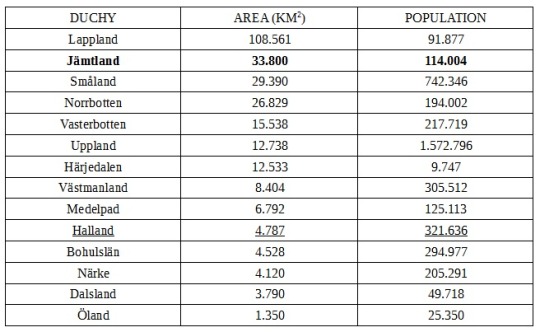
Organized by population:

So, I hope you guys enjoy reading this. Because I sure enjoyed myself putting it together.
#Swedish Royal Family#SRF#Princess Adrienne#Princess Madeleine#Princess Leonore#Prince Nicolas#Prince Alexander#Prince Gabriel#Prince Oscar#Princess Estelle#Crown Princess Victoria#Prince Carl Philip#Dukedoms#Dukes#Duchess#Royal Fandom#Royal Facts#Royal Math#Sweden#sverige
99 notes
·
View notes
Text
(Epub Kindle) Medieval-Inspired Knits 20 Projects Featuring the Motifs Colors and Shapes of the Middle Ages [R.A.R]
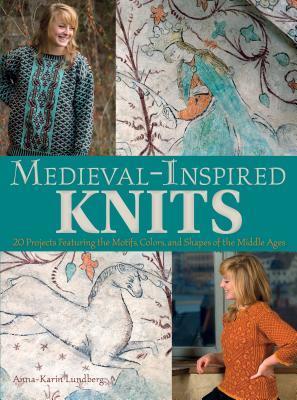
Download Or Read This Ebook at:
http://read.ebookcollection.space/?book=1570768803
Download/Read Medieval-Inspired Knits: 20 Projects Featuring the Motifs, Colors, and Shapes of the Middle Ages Ebook
information book:
Author : Anna-Karin Lundberg
Pages : 128
Language :
Release Date :2018-3-27
ISBN :1570768803
Publisher :Trafalgar Square Books
BOOK DESCRIPTION:
Inspired by the richly decorated interiors of medieval churches in the province of Uppland, Sweden, this gorgeous book is a visual playground for the knitter. Author, graphic artist, and hand-knit designer Anna-Karin Lundberg provides a stunning photographic glimpse into her country's creative and religious history while explaining her own fascination with the motifs, colors, and shapes of the Middle Ages. Lundberg then seamlessly translates the luxurious swirling vine patterns, graceful borders, and exciting color combinations from dozens of dramatic mural paintings and period textiles into sumptuous modern-day knits anyone can wear. Knitters will find step-by-step instructions for 20 original projects, including sweaters, vests, jackets, scarves, and gloves. There are patterns for women, men, and children, and tips for sizing and finishing. Throughout, full-color photographs and diagrams provide ample points of reference to ensure unique and striking results. Medieval-Inspired Knits shines a fresh and glorious light on the look of the Middle Ages, proving that what's old can indeed be made new again, with yarn and knitting needles as the means of reinvention
Medieval-Inspired Knits: 20 Projects Featuring the Motifs, Colors, and Shapes of the Middle Ages pdf download
Medieval-Inspired Knits: 20 Projects Featuring the Motifs, Colors, and Shapes of the Middle Ages audiobook download
Medieval-Inspired Knits: 20 Projects Featuring the Motifs, Colors, and Shapes of the Middle Ages read online
Medieval-Inspired Knits: 20 Projects Featuring the Motifs, Colors, and Shapes of the Middle Ages epub
Medieval-Inspired Knits: 20 Projects Featuring the Motifs, Colors, and Shapes of the Middle Ages pdf full ebook
Medieval-Inspired Knits: 20 Projects Featuring the Motifs, Colors, and Shapes of the Middle Ages amazon
Medieval-Inspired Knits: 20 Projects Featuring the Motifs, Colors, and Shapes of the Middle Ages audiobook
Medieval-Inspired Knits: 20 Projects Featuring the Motifs, Colors, and Shapes of the Middle Ages pdf online
Medieval-Inspired Knits: 20 Projects Featuring the Motifs, Colors, and Shapes of the Middle Ages download book online
Medieval-Inspired Knits: 20 Projects Featuring the Motifs, Colors, and Shapes of the Middle Ages mobile
Medieval-Inspired Knits: 20 Projects Featuring the Motifs, Colors, and Shapes of the Middle Ages pdf free download
download ebook PDF EPUB, book in english language, Download pdf kindle audiobook
0 notes
Photo
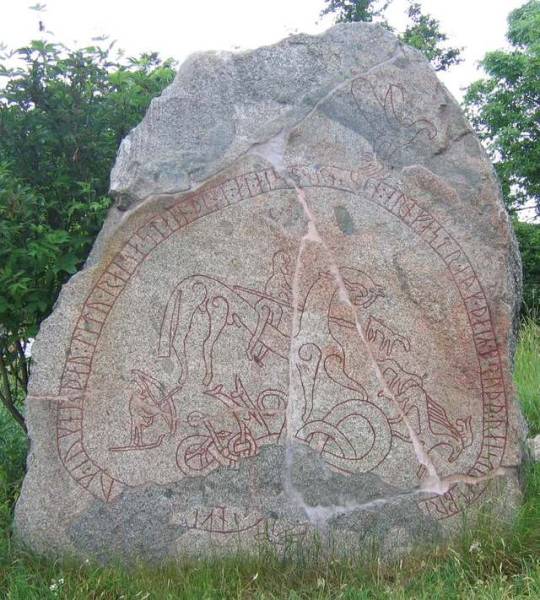
The Böksta runestone is a Viking Age memorial runestone that is located near the farm of Böksta in Balingsta, which is about four kilometers southwest of Ramstalund, Uppsala County, Sweden, in the historic province of Uppland. It is situated not far from Balingsta Church.
Source
30 notes
·
View notes